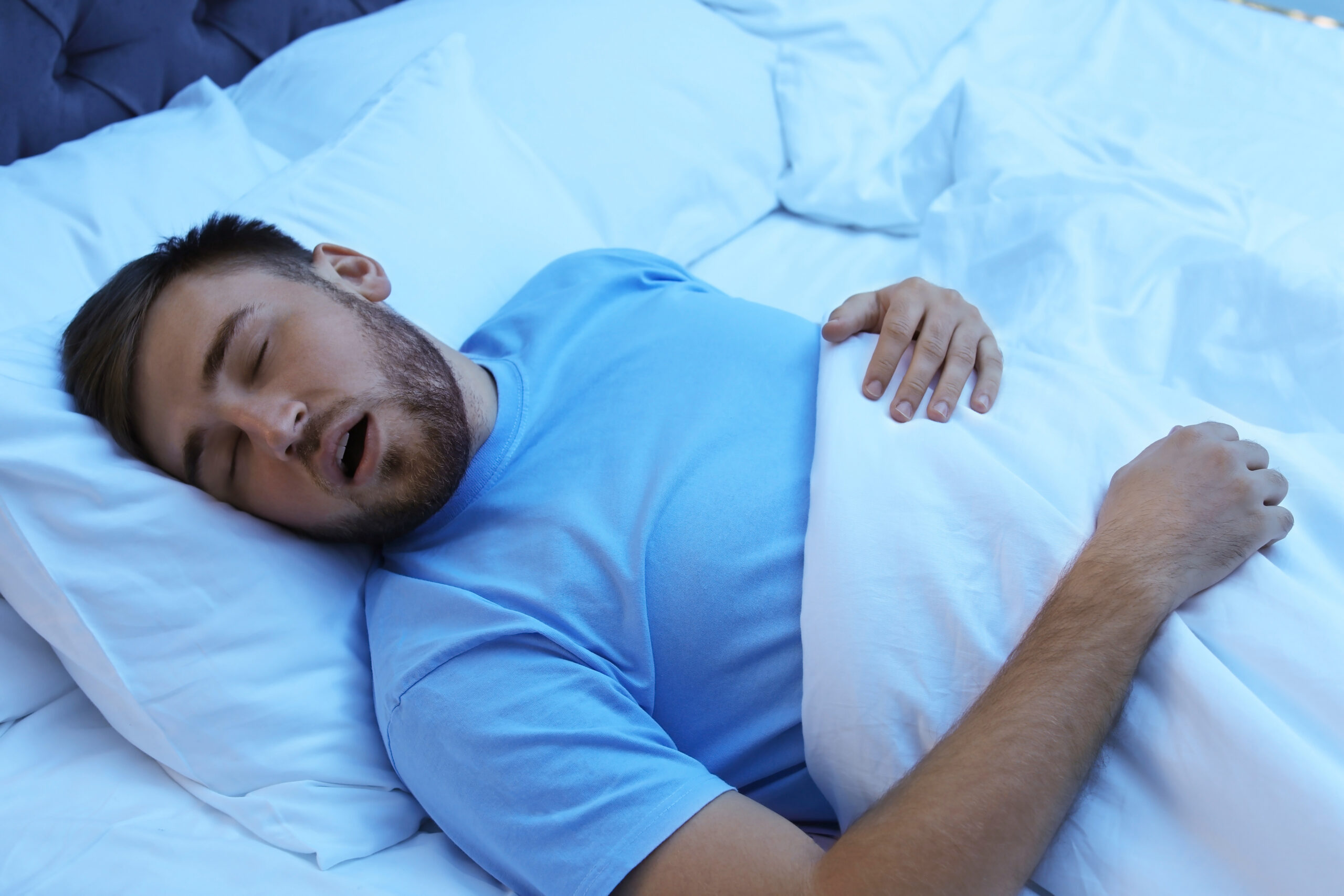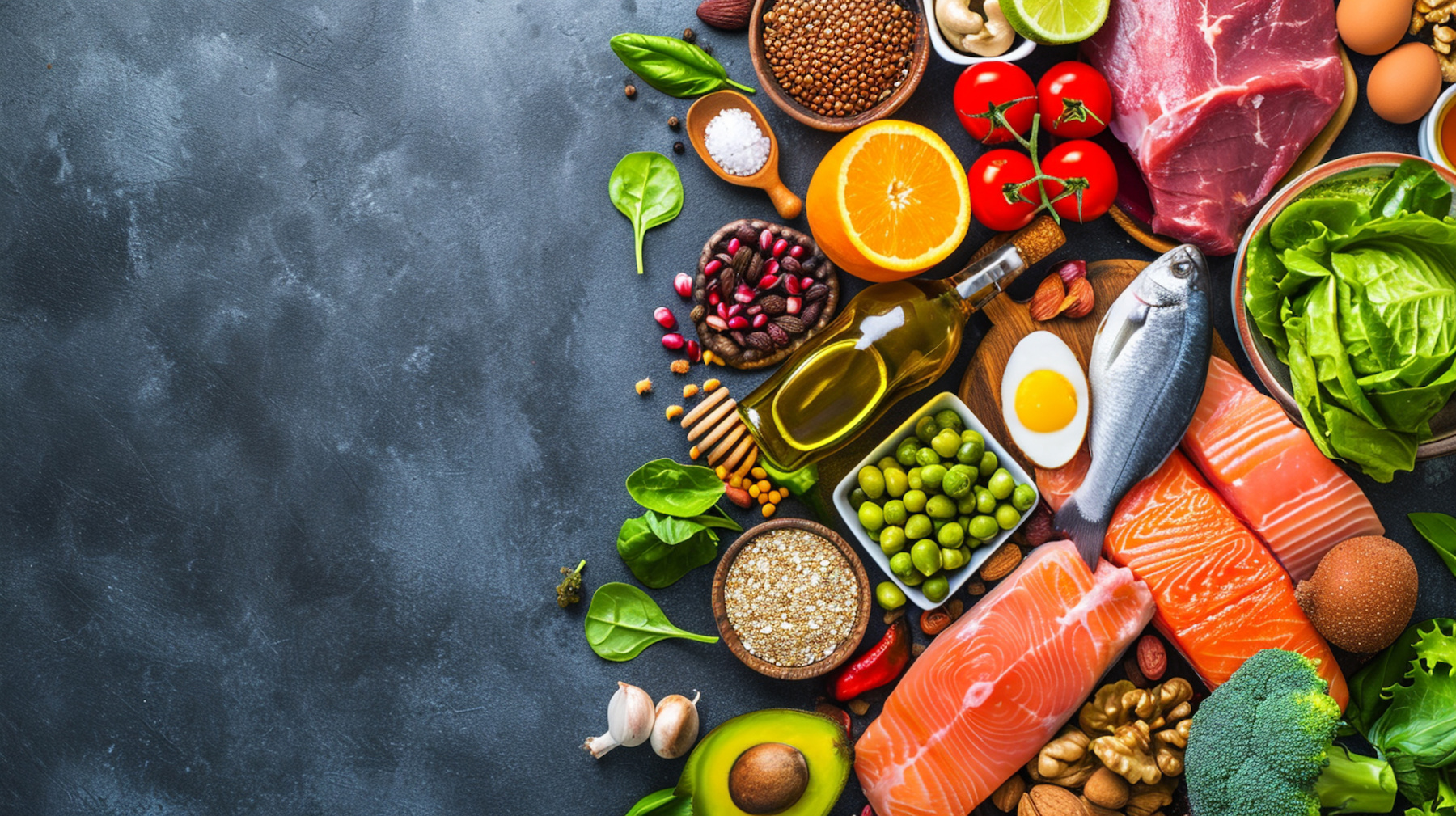

Hi, this is Dr. Emily Parke with your next Functional Health Minute. Today, I’d like to spend a few minutes talking about CGMs or continuous glucose monitors. I’ve been using them in my practice for a few years now and using them in many different types of patients. Of course, if someone comes in with a diagnosis of type 1 diabetes, and they’re not already using a CGM, if someone has type 2 diabetes or even those that are pre-diabetic, and I’ve also had some patients that are just curious how food affects their glucose. And so, patients that aren’t even pre-diabetic, but maybe their hemoglobin A1c or fasting blood glucose is higher than they’d like to see it, or it just doesn’t make sense to them. So a huge advantage to wearing a CGM is you really get to know the moment by moment data on what happens to your blood sugar.
Food And Blood Sugar
Of course, food is going to affect blood sugar. We know this, right? So the most important times to check your blood sugar when you’re wearing a CGM, are of course, first thing in the morning, and then about an hour and two hours after you’ve had a meal. So that’s called one and two hour “postprandial” is the official medical terminology, after you’ve had a meal. So that really tells us what did your blood sugar do, how did your body respond after exactly that meal? And I’m going to give you some examples of why that’s important. So for example, you may eat an apple by itself and you may see your blood glucose shoot to the roof, really high, right? But if you have that apple with a piece of chicken breast and maybe some healthy fat with it, like some avocado, for example, you may not see as much of a spike in your blood glucose.
So that’s food combining and how it affects blood glucose. It may not be the food itself. So the lesson might not be, “Oh, apples are bad for me.” The lesson is really eating an apple by itself is probably bad for you, or not a great idea on a regular basis anyway, based on how your specific blood glucose responded to it. And everyone’s glucose responds differently. So this is the value in putting on a continuous glucose monitor so you can see what your personalized information was. I know when I did it myself, I had some pretty revealing things come up that I would never have thought would’ve raised my blood sugar like it did. And others, I thought for sure would have raised it more than it actually did, so it can be really valuable.
Your Blood Sugar Overnight
And then of course it’s also interesting to see what happens to blood sugars overnight, too, right? Because it can also affect your sleep and vice versa, by the way. Wearing a CGM is not just about how food affects glucose. All of the lifestyle factors also have an influence on blood glucose. So these are things of course like your stress levels, exercise, sleep, toxin exposure, all of that also plays a role in your glucose management. So the blood glucose monitor that I’ve been using the most is the Libre 14 day and it’s only because it’s kind of like the cheapest one on the market. There’s some other really excellent ones. Like Dexcom is a great system. There’s Levels, NutriSense, there’s a lot of companies coming out with different ways to monitor continuous glucose. But if your insurance doesn’t cover it, which it usually does not, unless you have an actual diagnosis of diabetes, you can buy a 14 day glucose monitor with a prescription from a doctor for about 50 bucks, 50 to 60 bucks.
And so, if you wanted to kind of put a glucose monitor on for two weeks or a month, just to see what happens. Because I can tell you from my own personal experience and now many patients over the last few years of doing it, it’s a really pretty invaluable piece of information that you get when you put on the CGM. So, to me it was well worth the few bucks out of pocket to get the data. And then another good time to put on a CGM is if you’re doing any major changes. So let’s say you’re like, you know what, “I’m going to start a keto food plan.” Or, “I’m going to switch from keto to … I’m going to add some carbs in.” Or, “I’m going to switch from whatever diet plan you’re on to something completely different.”
Putting a continuous glucose monitor on can also be really helpful for those, especially the first two to four weeks just to see what happens with the glucose monitoring. So I hope this kind of helps you understand a little bit about CGMs and why I like to use them and the information that you can get from it. That would be really helpful to your health. This is Dr. Emily Parke with today’s Functional Health Minute.
Share:
Dr. Emily Parke
Related Posts

What Is Sleep Apnea? Symptoms, Risks, and Treatment Options
Sleep apnea occurs when breathing repeatedly stops and starts throughout the night. Learn the symptoms, risks, and sleep apnea treatment options.

Estrogen Metabolism: How It Works, Why It Matters, and Supplements for Healthy Estrogen Metabolism
Estrogen metabolism is vital to estrogen regulation. Learn how it works and how the DUTCH test can provide insight into hormonal imbalance.

The Paleo Diet Versus the Autoimmune Paleo Diet: Differences and Benefits
Learn the difference between the paleo and the autoimmune paleo diet, including food lists, what foods to avoid, and all the health benefits!

A Complete View of Multiple Sclerosis: Symptoms, Diagnosis, and Functional Medicine Treatment Options
Get a complete view of multiple sclerosis, including common symptoms and treatment options, including nutrition and supplementation.
